NYBG at Seasons End
The native plant garden at New York Botanical Garden (NYBG): Donít just visit in the heady days of early spring. The cool kids (that arenít season ticket holders) make another trip at harvest time.
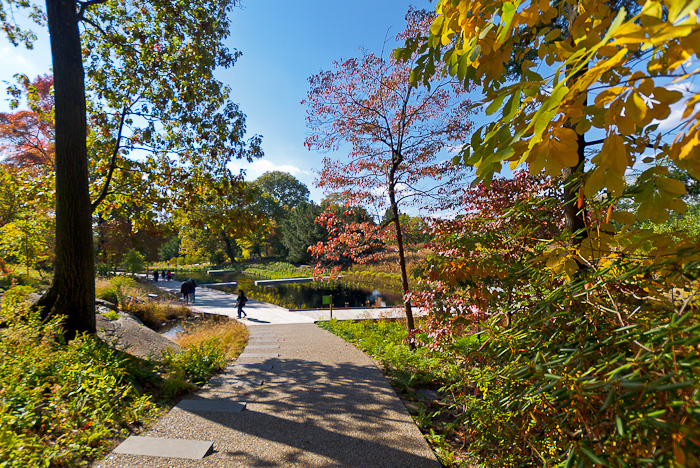
Autumn in the US Mid-Atlantic can be fickle. The summer season can fade out in the same way it sneaks in. Ask the locals. The wrong amount of rain, wind, or an early freeze can ruin the season. In a good year however, the annual foliage death march is the perfect appetizer for the coming holiday season.
New York Cityís foliage is one of the last to peak. Money hungry retailers start proselytizing ëback to schoolí right after the 4th of July so our minds have been conditioned to think autumn right after Labor Day. But the season really hits around the end of October. This will vary from year to year but itís important that the Noob doesnít blow their autumn botanical garden trip in the wrong part of the season.
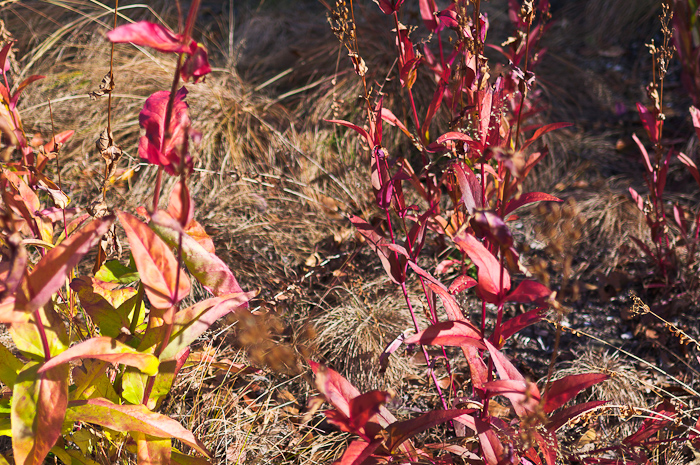
By the way, Iím not talking about tree foliage. Although NYBG has myriad trophy quality trees on hand, you can see stunning fall foliage all over the New York tri-state area. Itís even hard to be a native plant doomsayer in the face of blazing golden Ginko trees and fiery red acer palmatum. The view looking up is a rich tableau. On the ground however, thereís a lot of dumb shit: chrysanthemums, pockmarked gourds and ornamental cabbages. For many, autumn gardening consists of quarantining leaves and cutting back dead stalks before leaf mold makes them really ugly. From a monetary perspective it makes sense for garden retailers to sell plants that will look good in the heart of the growing season. When its ridiculously cold people instinctively avoid the outdoors. From that perspective who cares if everything is the wrong shade of gray/brown?
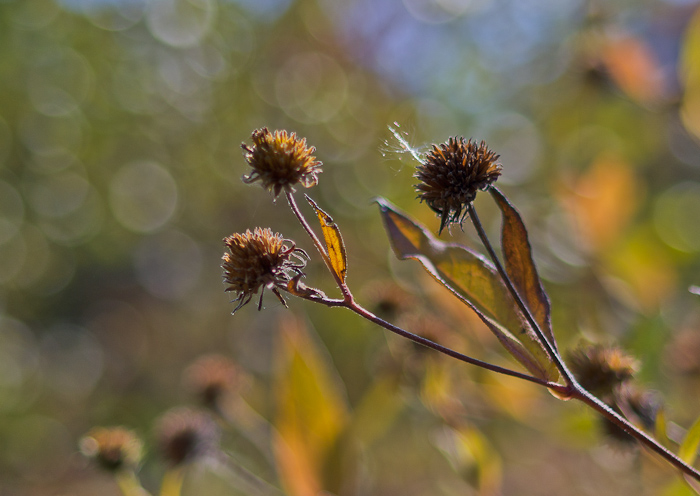
Enter the botanical gardens. They have the challenge of showing plant brilliance almost year round. During the end of the season you get to witness a palette of muted colors. blonde, russet, vermilion, burnt sienna—you know, those Ivy League colors. And there is still plenty of living color as well: Eastern prickly pear fruit, pitcher plants, neon orange winterberry and blood red pinkroot flowers (thatís a mouthful). And all of the beauties were on the ground. Truth be told, I was maybe a week or two early for the tree leaf bonanza but it didnít matter. There were plenty of beauties to admire from the waist down. All of them were native and all of them were just begging to be undead heroes in a summerís over garden.
You canít steal plants from NYBG but theyíre almost twisting your arm to write down the names of their best stuff so you can grow your own.
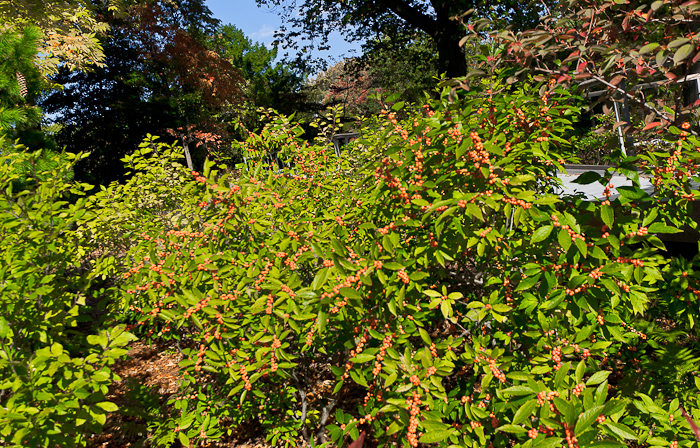
Full disclosure botanical gardens are kind of like runway fashion shows. Botanists, horticulturalists, landscape architects and gardeners maintain that botanical garden look on a daily basis. They also cycle greenhouse specimens in and out of the public display when necessary. I donít have a problem with this. You wouldnít pay to get into the auto show to see my nasty old Honda Civic. You want to see something exotic. And now is a very special time for exploring deeper green because local is the new exotic. I admit that NYBG paints local with a pretty broad brush but plants native to Berkeley County West Virginia are much more local than plants native to Kanagawa Japan.
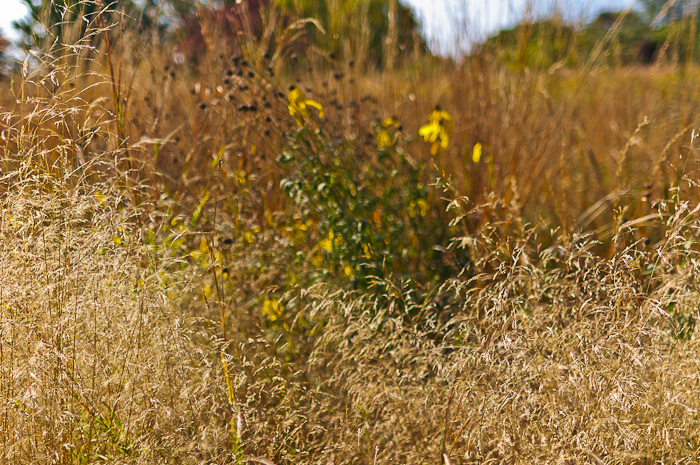
So next year, when the October die off begins and…
- your tended little bluestem wonít grow nearly as well as wild yellow foxtail grass.
- permaculture hippies are riding your ass because invasive curly dock dies in the richest of cinnamon browns and native rabbits thrive on it all winter.
- your prized green space has bald patches like hotspots on an old dog
Be sure to visit NYBG. Youíll find all kinds of wonderful plants that will extend your garden season even into the winter freeze. Remember, you can photograph plants. You can record their names and document their growing habits but please don’t take any plants. That would be stealing and NativeBergen will not be held responsible if you get tasered by NYBG staff.
January 20, 2014Posted in OUTSIDE, PLACESTags: autumn, native plants, New York Botanical Garden, NYBG Leave a comment
